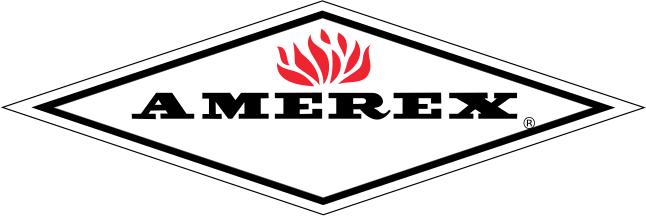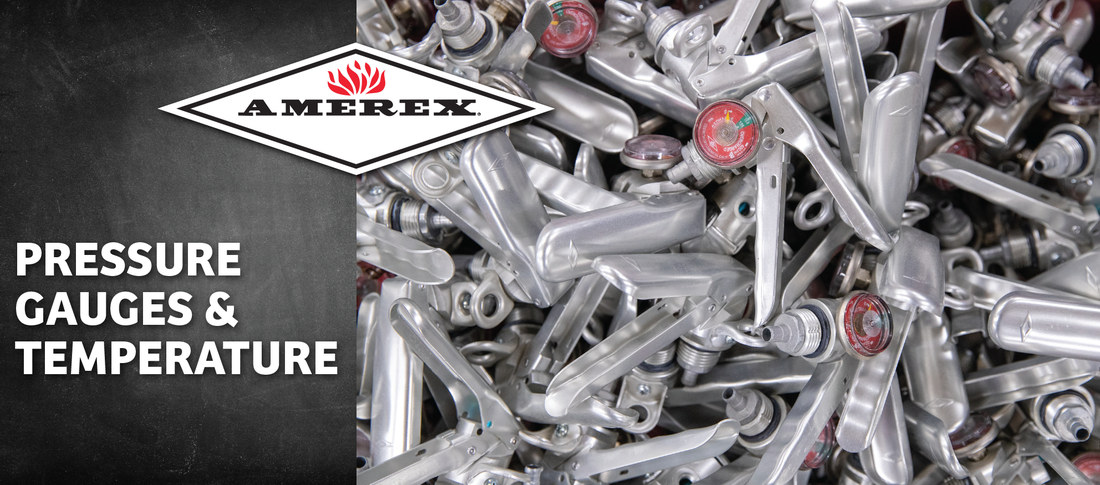Fire extinguisher gauges subjected to abnormally cold temperatures in transit can appear to be "leakers," when actually the weather is what impacts them. Most, if not all extinguishers are filled and pressurized at 68°-70°F. pressure gauges are calibrated to show the normal charged pressure at this temperature. The green area of any pressure gauge is intended to show a charged condition for the extinguisher through the temperature range for which the extinguisher is rated (ie.
-65°F through +120°F). An extinguisher which has been subjected to temperatures between -65°F and +70°F will register between the left edge of the green pie and the upright charged position. Conversely, extinguishers exposed to abnormally high temperatures will indicate a reading higher than (to the right of) the upright position.
If manufacturers were to purposely overpressurize the extinguishers to account for anticipated low temperatures during transit into colder climates, warm weather would bring complaints of overcharged extinguishers.
The pressure/temperature relationship is noticeably greater in Halotron and halon (vaporizing liquid) extinguishers than in dry chemical units because these agents expand and contract in relationship to temperature. It is for this reason that the green pie area on Halotron and halon gauges is larger than on dry
chemical (or water) gauges.
When in doubt condition the extinguisher to 70°F (21°C) for several hours to obtain an accurate indication.
A few additional pressure gauge items should be noted:
- Always use the proper replacement gauge. All gauges used by Amerex on new extinguishers or sold as replacement parts are marked Dry Chemical (also used for Class D Dry Powder), Water, Halon, Halotron I, or Wet Chemical.
- Avoid using a pressure gauge with a stem of dissimilar metal to the extinguisher valve body. Use "epoxy coated" grass stem gauges on aluminum bodies and either "coated" or "uncoated" brass stem gauges on brass, chrome plated valves.
- Always use a stainless steel bourdon tube type gauge on Water, Loaded Stream/Anti-Freeze, and Wet Chemical extinguishers. This will prevent bourdon tube corrosion which could cause a leak or possibly make the extinguisher inoperable.
- To avoid potential damage to the gauge bourdon tube, when pressurizing never set your pressure regulator to more than 25 psi above the extinguisher operating pressure.
See the Amerex Fire Extinguisher Parts Book for specific ordering information on Amerex gauges.

